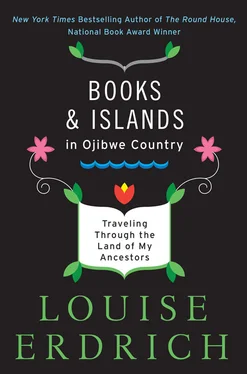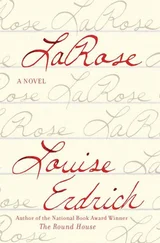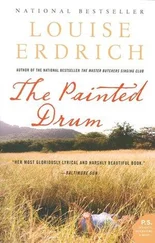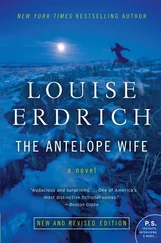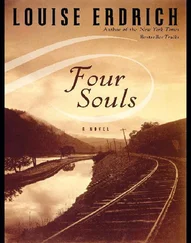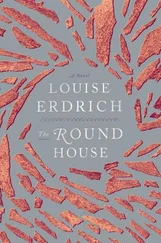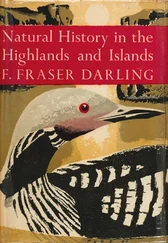Nancy Jones, Ogimaawigwanebiik, happens to be one of the most extraordinary women I know.
For starters, she holds the world record as the quickest beaver skinner. I don’t know where, exactly, she earned the World’s Quickest Beaver Skinner title, but I’m assured this is the truth. She makes a few judicious cuts and turns the animal inside out. It’s like sleight of hand. Nancy does exquisite beadwork, placing each tiny cut bead just so on makazinan of smoked moosehide, trimmed with otter fur, lined with blanket. Nancy has a great laugh and deep spiritual knowledge, she is an Ojibwe language teacher, and fiercely devoted to Ojibwe culture. Her children are language teachers, too, and she has taught them her bush skills. Still, they are amazed at her fortitude and endurance. Nancy has been known to kill, skin, and cart back to her cabin a whole moose and a deer in one day. She can snare rabbits, trap anything from lynx to pine marten. She can shoot the head off a partridge sitting in a tree, and probably catch the partridge as it falls, too. Ojibwe are meat eaters, that’s just how it is. The joke goes: What is an Ojibwe vegetarian called? A poor hunter. Nevertheless, it was Nancy’s deer haunch and a fat string of bass three years ago that changed my then youngest daughter, Aza, from a supermarket carnivore to a thoughtful vegetarian.
It was either the deer haunches, or the ribs. Anyway, on our last visit to Ober’s island, Aza made a decision from which she has never deviated. I was amazed that a ten-year-old could decide with such conviction. She won’t even eat a fish after she went to the dock to check on Nancy’s stringer. Later, she said to me that one of the fish had looked up at her. That did it. I must have been a hard-hearted little person, because as the granddaughter of a pair of butchers I helped kill chickens and watched from a corner of the slaughterhouse as my uncle knocked sheep, shot cows, scalded and gutted dead pigs. And yet it has taken my daughter Aza to make me really attempt anything like a consistently vegetarian set of habits, and it started out purely because I felt bound to support her tenderness on behalf of animals.
At any rate, although killing and eating wild game is for the Ojibwe a spiritual as well as delectable enterprise, there is no vegetarianism this year on Ober’s island. Nancy and her son Pebaamibines are running an Ojibwe language camp this summer on her land, about a forty-five-minute boat ride from Ober’s island. They come to stay for a night, but all the game is left at the language camp and so we eat the most incredible spaghetti bolognese. Maybe it’s the red pepper flakes in the sauce, or the type of onion. Maybe it’s the air. Maybe it’s the mosquitoes, and how we are free of them in the well-screened kitchen.
Nancy remembers Ernest Oberholtzer very well — he made eggs for her family on their first visit, when they paddled over and tied their canoe to his dock. In Oberholtzer’s photo archive there are dozens of pictures of Nancy’s family, her late husband’s family, and of Nancy as a child, strong-minded looking even then, grinning, wearing a soft red woolen hat. Pebaamibines touches a picture on the wall. I recognize it as a photograph of Billy Magee. The man who guided and paddled with Oberholtzer on the great 1912 adventure is a close ancestor.
Maang
A hot wind blows over the island, and Kiizhikok and I are in and out of the water all afternoon. We edge ourselves carefully down a stone stairway into the cool tea-colored water of Rainy Lake. Pushing off, we float together, into the channel, sighing in dreamy relief. We bob along in our life jackets, talking part Ojibwe, part English, and part mother-baby nonsense. The world is perfect. The shadows are long but on the rocks they still burn like iron. The sun’s a fierce gold. Baby and I watch the silhouette of a big loon approach down the channel between islands. It comes nearer and nearer, as silent as we are. Then the maang is abnormally close, closer, too close, and again I am filled with the now familiar sense of uneasy assessment. That beak looks sharp! Will it peck Kiizhikok? The loon’s eyes are very red! But the loon isn’t going to poke my baby, of course, it only circles, coming close enough for us to count the white spots on its back and regard the spectral pupil of its weird reflective eye.
Again, I marvel how animals seem attracted to the baby, and once we have emerged from the water and are drying off in the light breeze, I ask Nancy Jones if she saw the loon swimming with us. I ask modestly, sure that she’ll tell me that Kiizhikok has some unusual power to attract maang.
“ Geget , I saw it,” she says casually. “He liked your life jackets.”
Our life jackets?
“They’re red. That’s how we used to catch loons and eat them,” Nancy says. “We used red things. They’ll come close and investigate anything red.” Then she adds, “We don’t eat them anymore.”

“How did they use to taste?” I ask her.
“Rich,” she says.
The Library
I am haunted by a book that I found the first time I visited Ober’s island. It was stuck away in a corner of a little cabin I haven’t described, one devoted to books alone, the library. My find was a little pamphlet-sized inconsequential-looking book covered with a black paper that looked like oilcloth. I slipped it from the shelf and opened it. Tristram Shandy. One of the first novels in the English language. As it was originally published in serial form this was but a portion of the first edition and first printing. Laurence Sterne had signed the title page. I had a strange, covetous, Gollum-like feeling as I held the book, my precious. I suppose it was the beginning of the sort of emotional response to books that drives those collectors you hear about, occasionally, to fill their apartments with books until there are only book tunnels to walk through and the floors eventually collapse down onto their neighbors.
Of course, I have to see Tristram Shandy again. I want to visit this book, and also to make sure I really saw it. But this time I can’t find the book although I crawl with Kiizhikok on hands and knees looking for likely places it could have been stashed. Its absence bothers me. Although I’m helplessly in the grip of other books now, and currently in love with a corny purple edition of Catlin’s journals, I keep sneaking around the bottom of the shelf where I found my precious, peeking over other books, behind the shelves, like a dog sure that it will find a bone hidden years before.

Mary Holmes goes through the catalog with me, and that particular volume isn’t mentioned. Which doesn’t mean, she tells me, that it wasn’t actually there. So I might have seen it. This is, for me, like a birder having possibly photographed an ivorybill then losing the film. I’m chagrined — why didn’t I do something about the book? Show it to someone? Make certain it was cared for? But I know that the answer is that I didn’t because I am in somewhat uneasy agreement with the spirit of the island, which is to let the books exist as they were meant to exist, to be read, to be found and then unfound. To have their own life. Somehow, that also puts me in conflict with a piece of my heart. For I also want the books to be protected from people like me, whose itch to hold them might overwhelm even the strictest conscience. Even now, I can feel it, the line is thin. Especially when you can’t find Tristram Shandy .
Читать дальше
